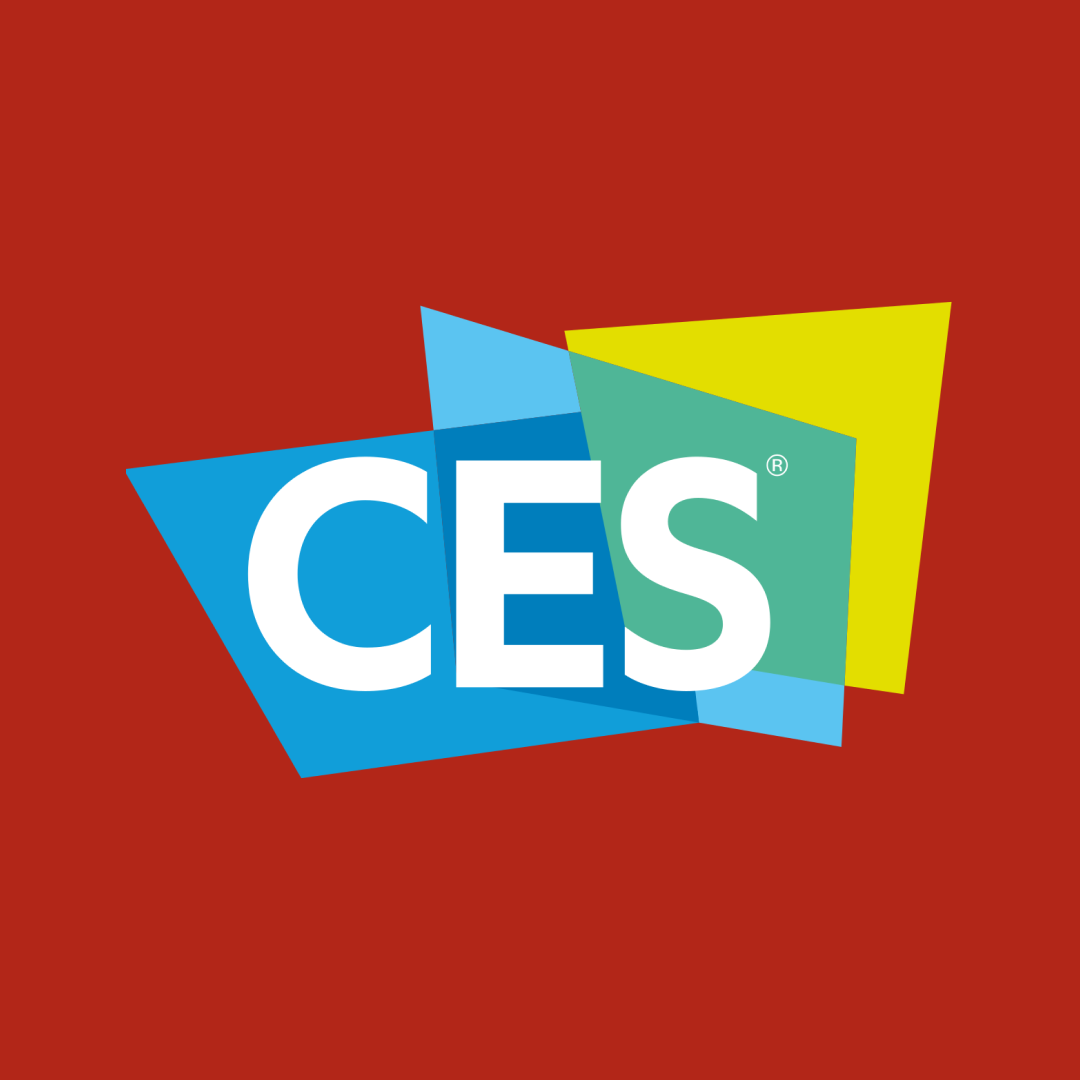CES went digital this year, but it didn’t disappoint. Along with our 2021 predictions, here are some digital advertising trends to consider as the new year kicks into gear.
TV Declines & CTV Evolves
The decline of the TV upfront is permanent. 33% less spend was planned in 2020, a digital advertising trend that is set to continue. Networks and broadcasters are looking to bring together multi-screen TV inventory under one roof. This will help them improve their offerings and cushion their bottom line. NBCU’s One Platform product is a good example.
Brand Suitability + Social Responsibility
“The inevitable future of digital advertising will enable brands to programmatically define what kind of programming they want to be associated with” according to Marc Pritchard, P&G’s Chief Brand Officer.
2020 caused many brands to think about where their ads run and what they say. Pritchard said P&G plans to focus on transparency, brand suitability and brand safety. The goal? To “evaluate every single aspect of our media ecosystem and make sure that our ads are showing up in a place that is safe.”
Marketing Effectiveness
Slimmer budgets in 2020 and a slightly uncertain start to the year is causing marketers to seek out digital advertising channels with solid measurement.
“Nearly every advertiser in the world is more deliberate about the choices that they make,” said Jeff Green, CEO of The Trade Desk. On platforms like YouTube, where brands often waste up to 30% of their spend on contextually misaligned ads, brands will be getting more deliberate about their digital marketing spend in 2021.
Retail Revolution
Curbside pick-up and home delivery have become a critical piece of companies’ logistics puzzles. The pandemic has normalized new retail realities, with brands such as Best Buy and Burger King revealing plans for stores which focus on digital fulfillment. They also plan to reserve physical shelf-space primarily for best-selling products for the in-person shopper.
Contactless but still Human
Brands definitely need to provide contactless options across all channels. However, once the lockdowns relax, marketers will need to account for human interaction to maintain customer relationships and loyalty.
The key is striking the right balance. “Brands will need to find the balance between touchless while providing some human touch when it comes to servicing. And those that do this will emerge as the winners,” said Mastercard’s Cheryl Guerin, Worldwide EVP, North America Marketing and Communications.
Revenge Spending
Even though spending on indulgences has soared, people are saving up their money for when things return to normal. As a result, purchase intent is growing – and not just for obvious no-go areas such as travel.
“There’s pent-up demand that’s going to lead to increased spending across many categories, electronics, clothing, technology, luxury goods, cars and even home renovations to create more space. And over half of people in the survey are looking to buy something that’s just for them to treat themselves”, says Guerin again
The Digital Marketing Calendar
COVID dropped us into a bit of a twilight zone. Delayed seasonal celebrations and fewer holiday markers, such a retail window dressing, upended the traditional seasonal digital advertising calendar.
“The implication is don’t think in conventional timelines,” said Harris Poll CEO, John Gerzema. In response, marketers will need to be agile to adapt and respond to things as they are happening rather than relying on the usual way of planning.
The Self-Improvement Boom
Self care has shifted front and center for many. Whether gifting more often, up-skilling and learning, getting fit at home, this is a big opportunity for marketers.
On YouTube, TV screen watch time of videos related to well-being, including yoga, fitness, and meditation, has increased more than 180% from July 2019 to July 2020.
And the same is true of learning: watch time on TV screens of videos related to learning more than doubled between July 2019 and July 2020. Cooking tutorials were one of the most popular learning categories.
What IS Entertainment?
Social media and TikTok specifically are further blurring the line between traditional entertainment and the content appearing on social media platforms.
As TV viewership dips, and more people flock to social video channels, everything from snackable entertainment to appointment viewing will be increasingly driven by user-generated content.
eSports
Once an outlier, eSports is a force to be reckoned with and a lot of growth in the industry is expected this year.
Up until now, eSports leagues have been light on their sponsorship and digital advertising strategies. That’s likely to change. Everything from custom player-activated ads to embedding marketers’ messages directly into the games via platforms like Bidstack will increase. YouTube’s will be giving viewers the ability to shop items featured in videos directly from the platform. That’s likely to encourage brands to look at their influencer marketing budget with renewed enthusiasm.
Sources
1,2: YouTube Internal Data, Global, July 2019–July 2020.
